Film Syntax
David W. Griffith, who became notorious because of his glorification of the Ku Klux Klan in The Birth of a Nation (1916), is normally credited as the inventor of the film language. Even if this may be an exaggeration, since the cinematic language was developed by several pioneers simultaneously and independently, Griffith’s contribution to this development is undeniable, as well as his genius.
A language is a series of arbitrary conventions that allow humans to create and share meaning.
The syntax is the set of rules that determine how to use language as a tool to this end: The creation and sharing of meaning.
Cinematic language evolved rapidly. Still, it needed to be discovered and developed.
In its origins, filmmakers just put actors to act in front of a static camera.In this video, you can see a famous example of one of the film pioneers: George Méliès:
A Trip to the Moon (1902)
Units of Meaning
The basic unit of meaning in our contemporary languages is the WORD.
We create words with a series of letters, or sounds, but they do not have meaning yet. We need to form words with them to create meaning.
With words we can form more complex units of meaning: Sentences, paragraphs, chapters, etc.
The Shot
In the film Syntax, the most basic unit of meaning is the Shot.
We define the shot as an interrupted take filmed by one camera.
As we used words to build more complex units of meaning.
Cinematic language uses the juxtaposition of shots to create more elaborated units of meaning: The Scene and the Sequence.
The Scene
In filmic narrative, a scene is a unit of time and space. Every scene happens in a particular and well-defined place during a continuous, uninterrupted time.
The Sequence
The sequence is a unit of narrative content, several scenes that constitute a whole in the narrative logic of the story. The sequence might occur in a single setting (scene) or in different ones.
A classic example of sequence is the rescue episode in several movies. We see in one scene a particular character in a dangerous situation (damsel in distress). Simultaneously, but in a different scene, we see how the rescuer – or group of rescuers – struggles to arrive on time. In addition of these two scenes, we could add inserts of family members worrying to death in a third setting.Watch the final rescue sequence of King Kong (1933).
Types of Shots
As there are different types of words in our language (substantives, verbs, adjectives, adverbs, prepositions, …) , there are also different types of shots.
The first criteria to define shot is the POINT OF VIEW.
Point of View
Based on the POINT OF VIEW, we can differentiate
Objective Camera Angle
The Objective Camera films is also known as the impersonal point of view. The camera shows the audience a scene from a completely neutral perspective, meaning, without adopting the point of view of any of the fictional characters. We could say that the camera is taking the audience’s point of view. The characters of the scene completely ignore the camera.
Filmmakers normally refer to this camera treatment as “audience point of view”.
In the following movie clip, you can see how Luchino Visconti uses the objective camera angle to show a popular insurrection in “Il Gattopardo” (The Leopard, 1963).
Subjective Camera Angle
The subjective camera angle is the exact opposite. It films the scene from the point of view of one of the characters. The audience’s involvement is higher with this type of shots, since they can share the experience of the character.
When other characters look directly into the camera, the audience feels they are looking at them.
The next example is an extreme use of the subjective camera. In his adaptation of Raymond Chandler’s novel Lady in the Lake, Robert Montgomery films the whole picture as a series of subjective shots. As a matter of fact, we only see the main character when he sees his reflection on a mirror.
Lady in the Lake, Robert Montgomery, 1947
Alfred Hitchcock uses the subjective camera angle in Vertigo (1958) to show how the main character suffers this illness, how his perception is distorted by the illness.
Vertigo, Alfred Hitchcock, 1958
Point-of-View Camera Angles
Point-of-view camera angles are close to the subjective view.
The camera is situated next to one of the characters, but it is not identical with his/her perception of the scene. It is a halfway solution – a compromise between subjective and objective camera angles.
In some cases, we can see some body parts (shoulder, neck) of the character the camera is next to.
The most frequent use of POV camera angles in the so-called shot reverse shot, a very common technique to film dialogues between two characters.
In the next example, you can see how Sergio Leone uses the POV technique in the dialogue of the two main characters. Pay attention to how the camera comes closer to the character the more intense the scene becomes. At the end of the scene, the camera angle is almost a subjective one. We only know that it is a POV camera angle because the characters are not looking into the lens.
The Good, the Bad and the Ugly, Sergio Leone, 1967:
Static vs Dynamic Shots
This shot typology has to do with the mobility of the camera. Static shots are those in which the camera does not move. In the dynamic show the camera moves to follow characters or actions.
Static Shots
Static shots can be first defined by the subject size.
Extreme Long Shot
A ELS depicts a vast area from a great distance.
It may be used whenever the audience should be impressed with the huge scope of the setting, or when the filmmaker thinks that an accurate idea of the whole space is necessary to understand the action.
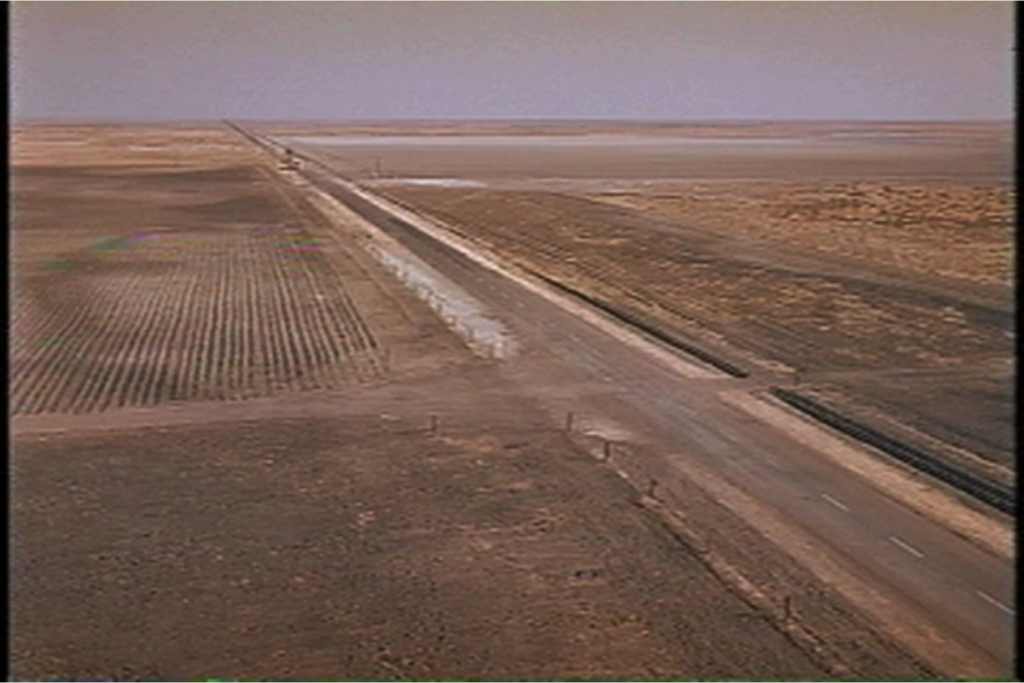
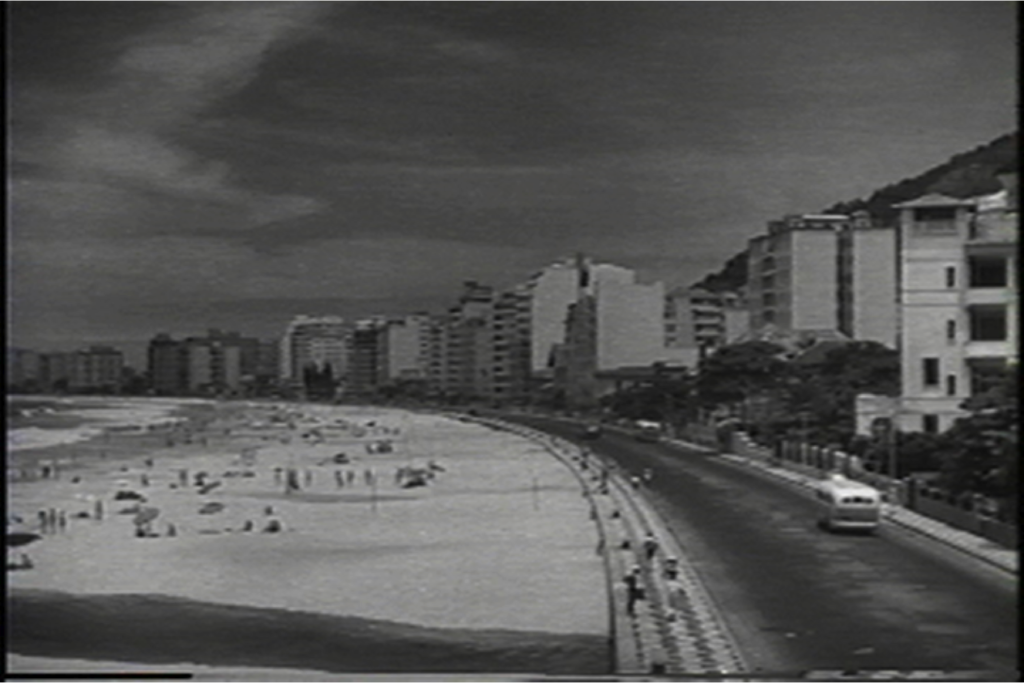
Long Shot
A long shot takes an entire area of action. People, place and objects are shown to provide orientation for the audience. Still, characters can be easily recognized.
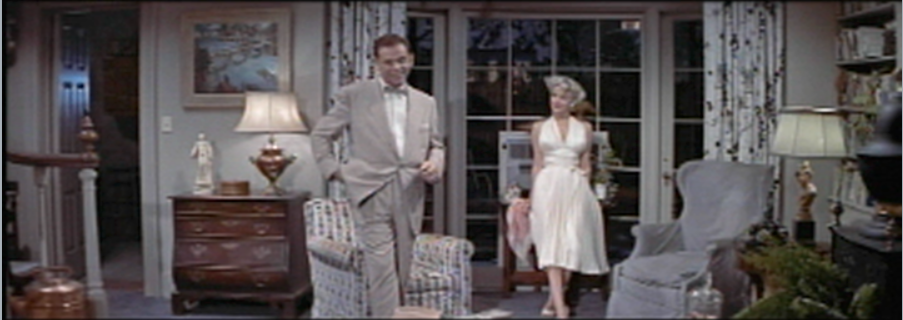
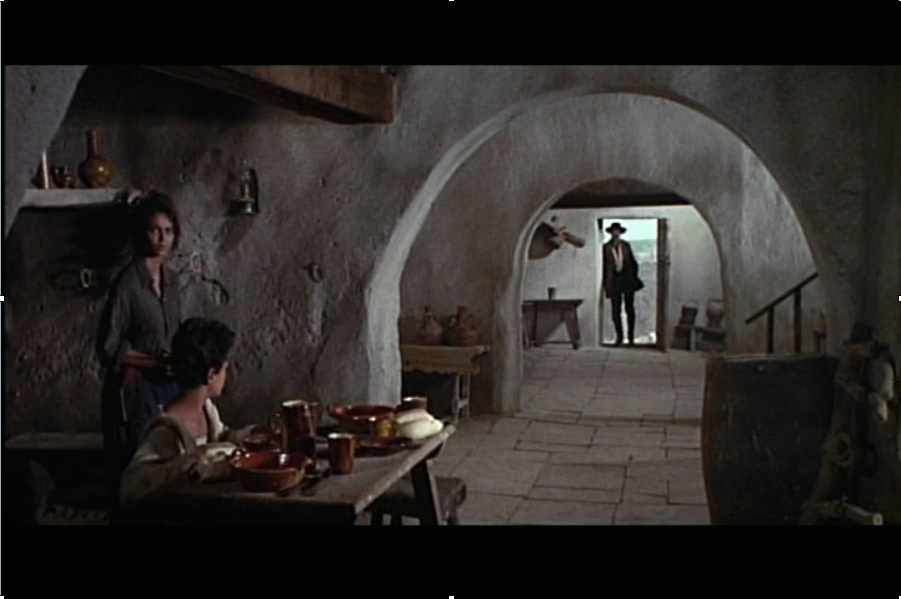
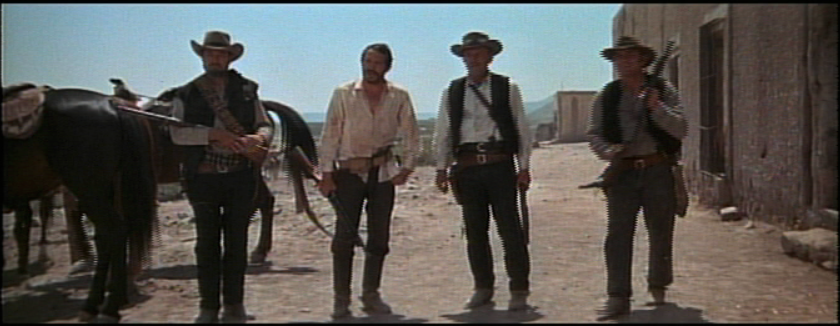
Medium Shot
The medium shot is halfway between long shot and close-ups. Thus, it is also defined as “intermediate shot”.
Characters are shown above the waist (more or less – it can go down to the knees). It is the most common type of shot in scenes of action.
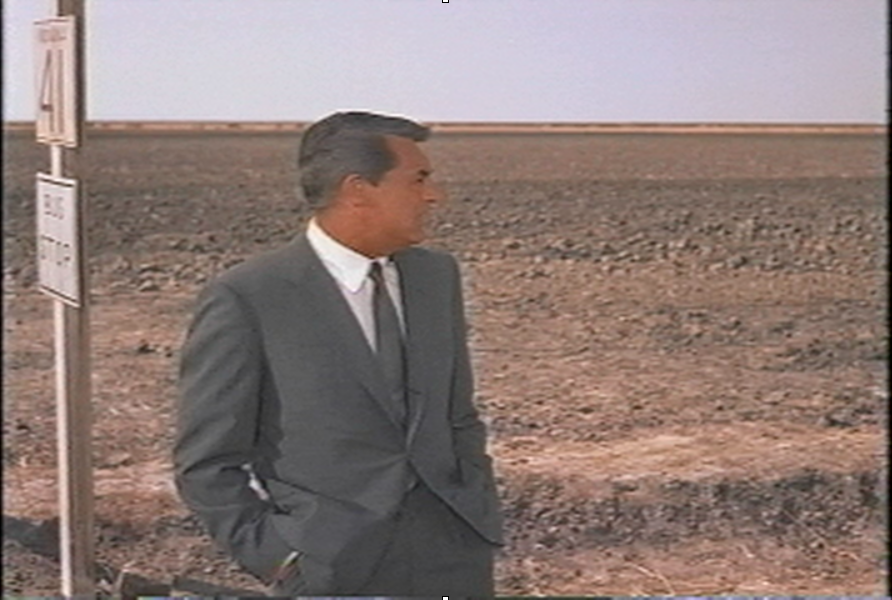
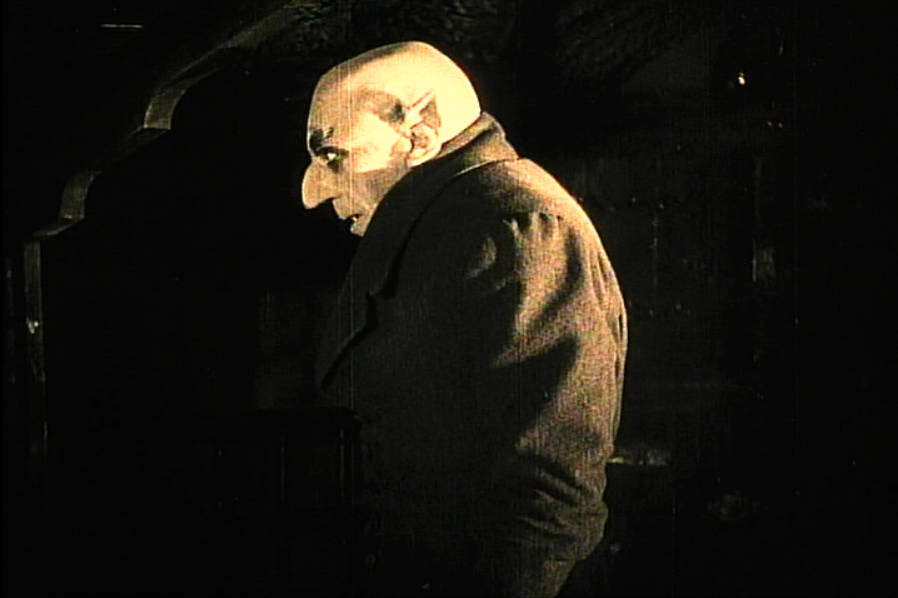
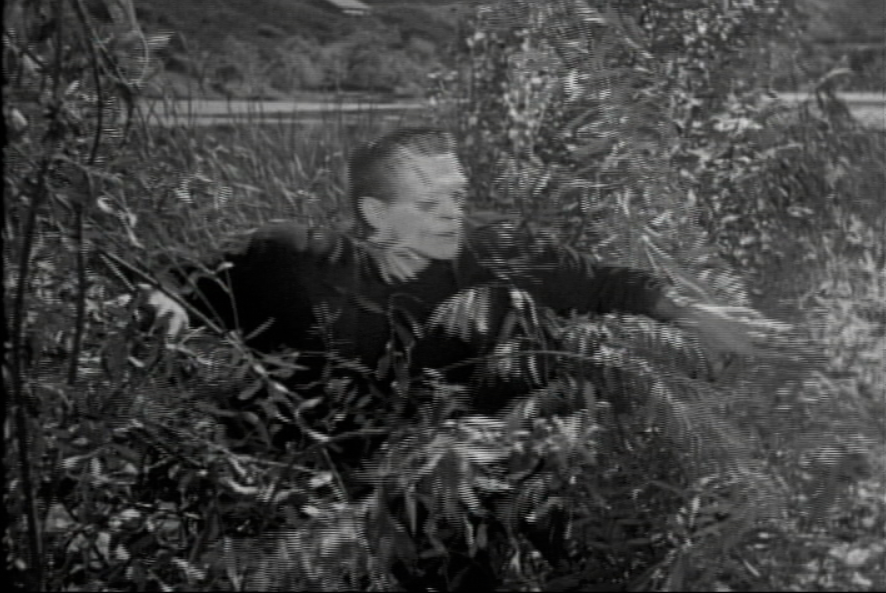
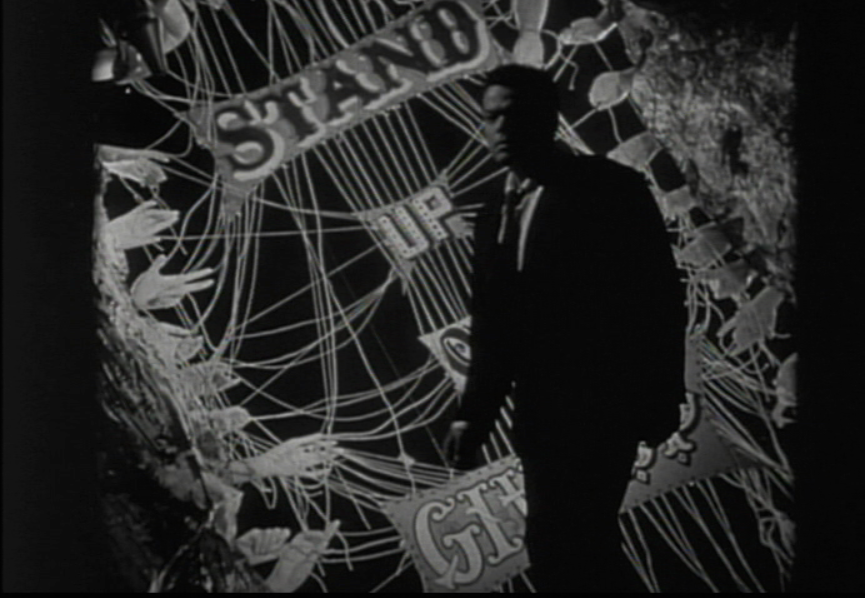
Two Shot
It is a form of medium shot. The only particularity, as the name implies, is that it shows two characters.
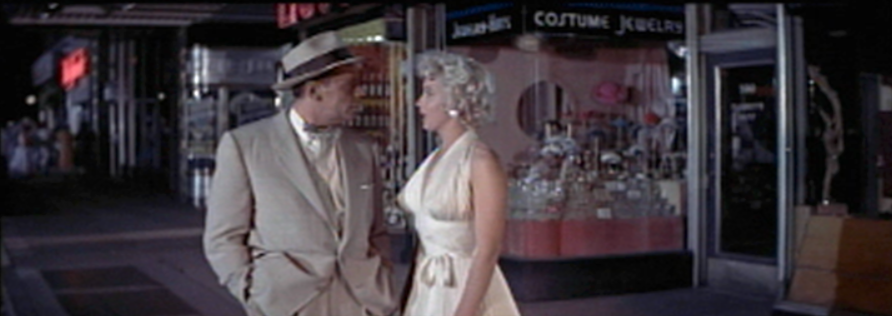
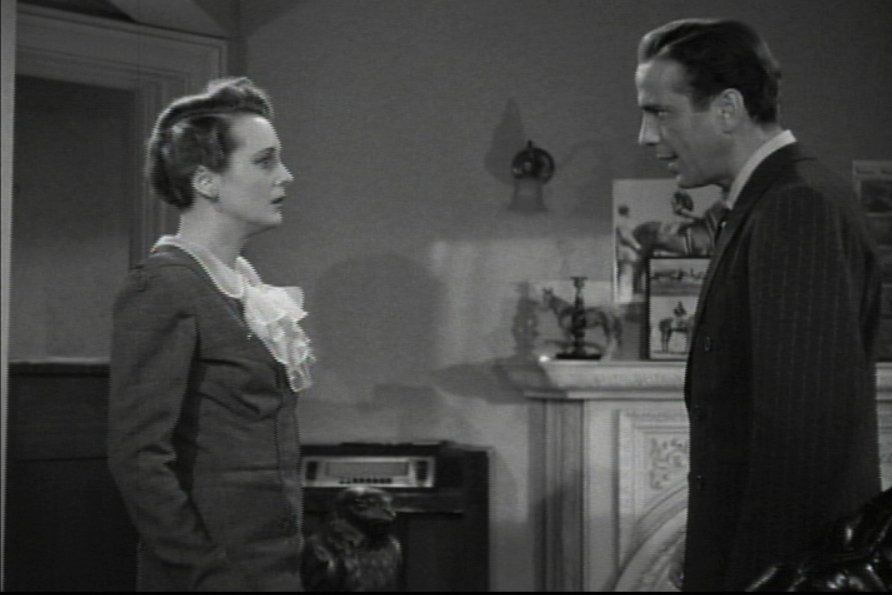
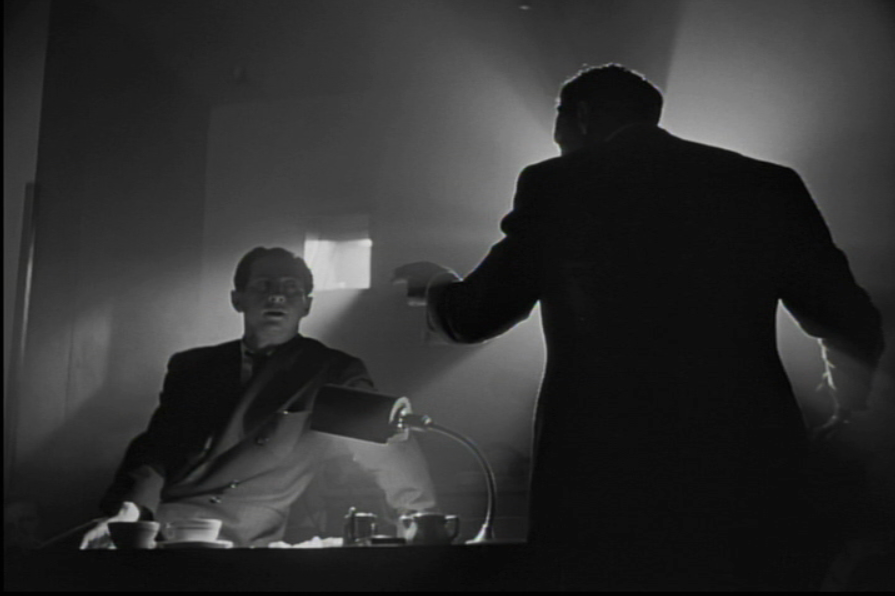
Frequently, the two shot comes closer to the close-up.
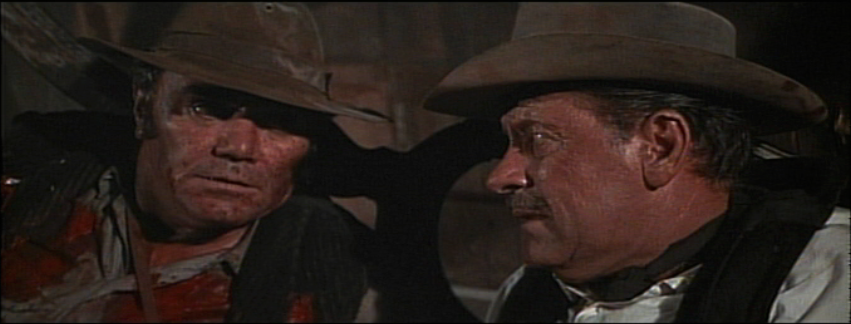
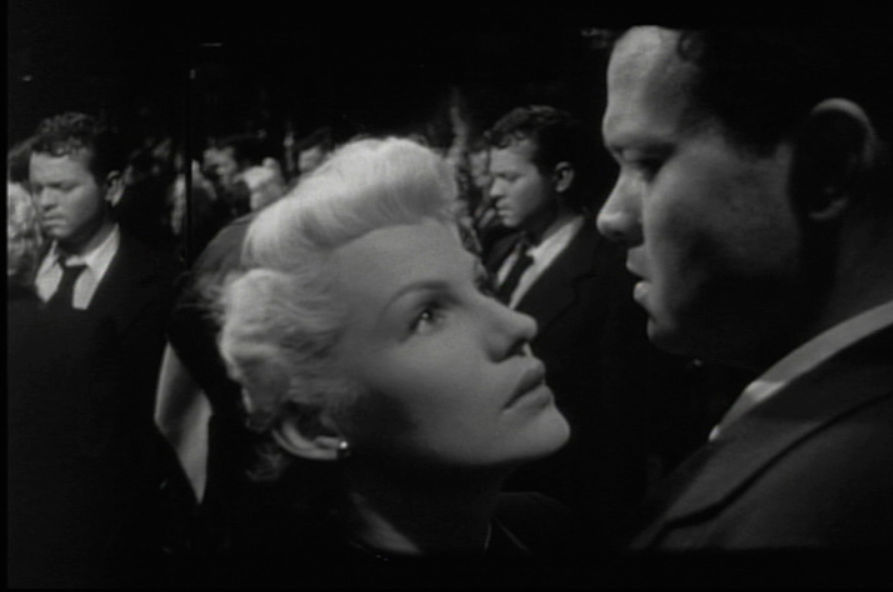
Close-up (CU)
Medium Close-Up: shows the character from between the waist and shoulders to above the head.
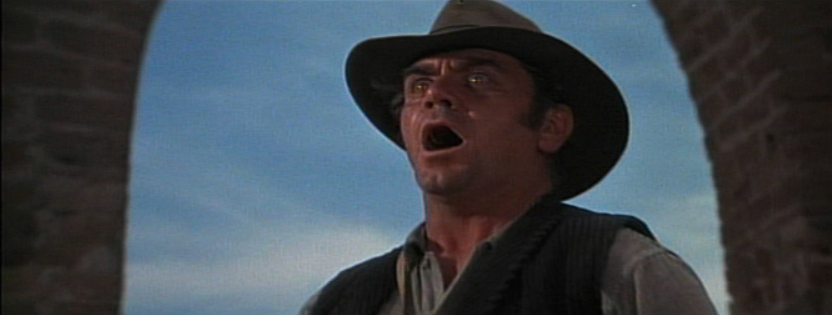
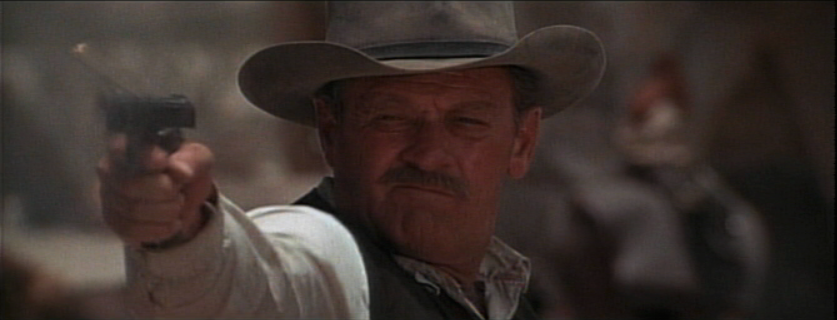
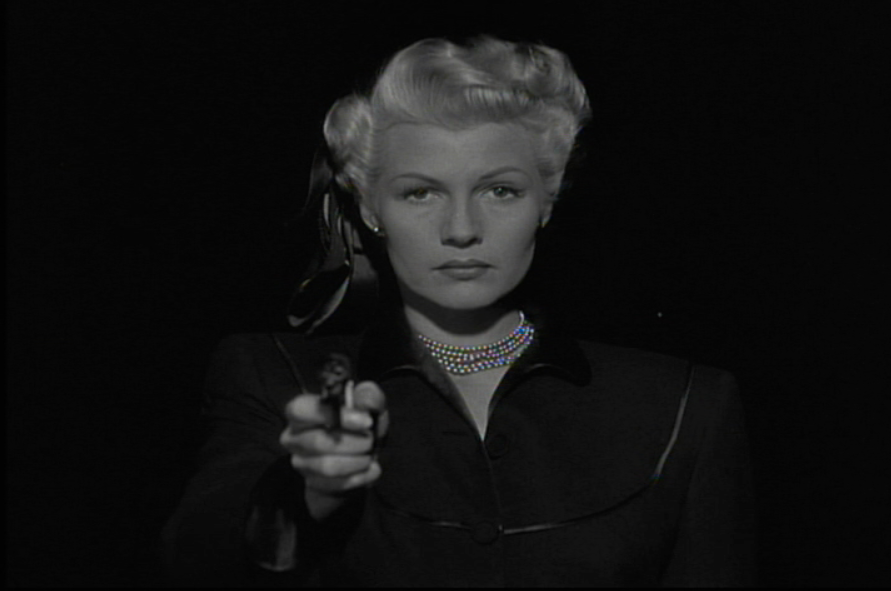
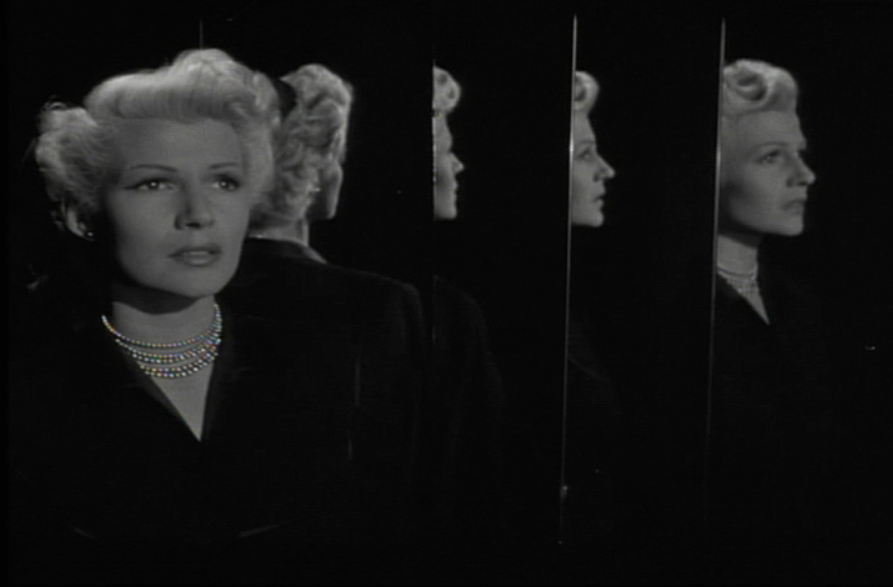
Head close-up: includes, obviously, only he head of the character.
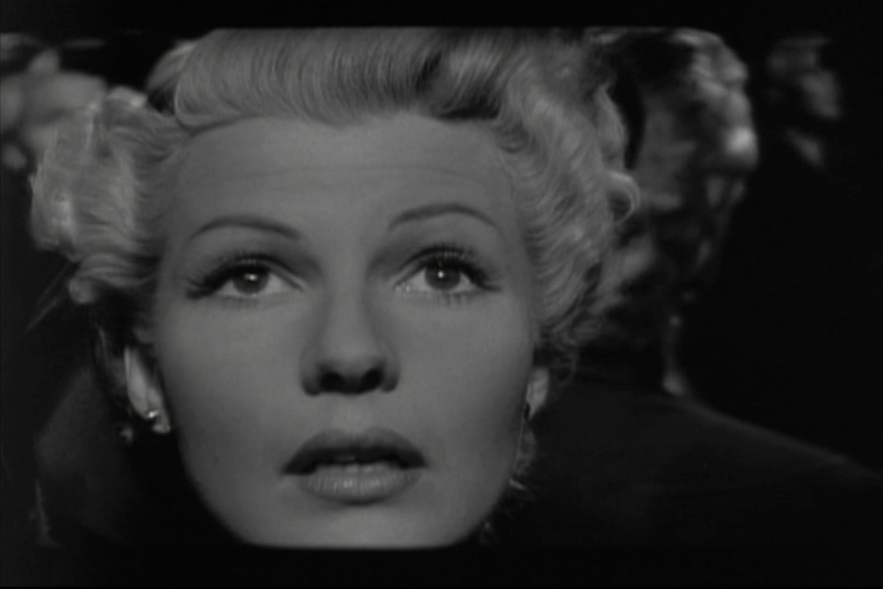
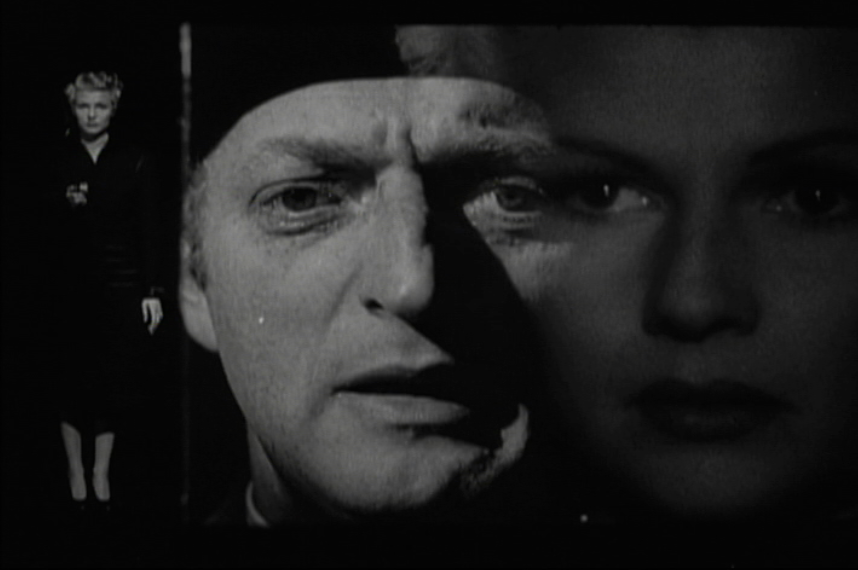
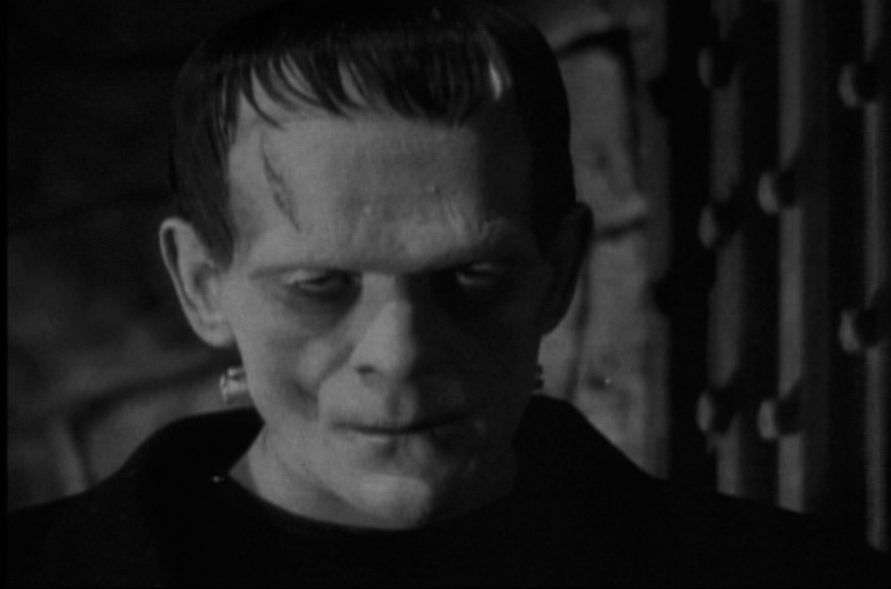
Extreme Close-Up: Includes only some elements of the face.
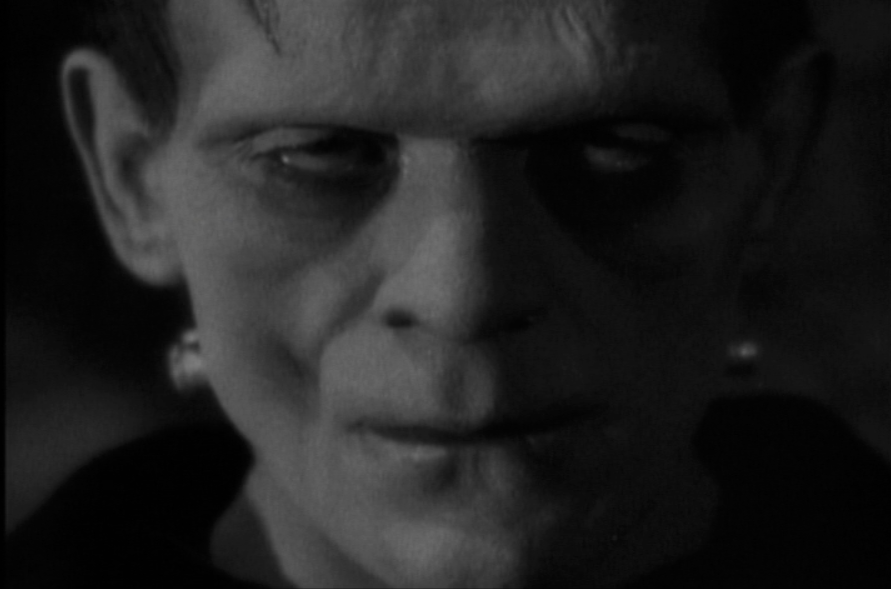
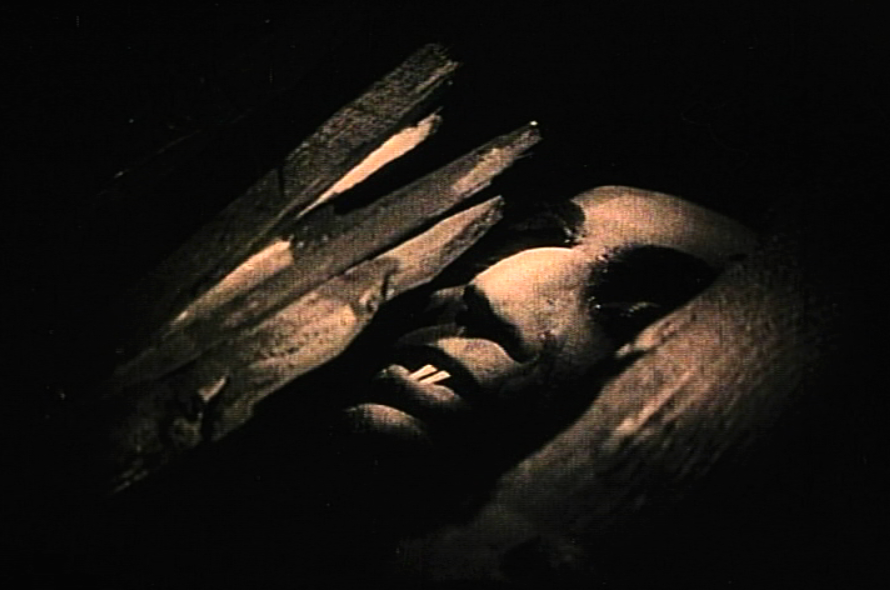
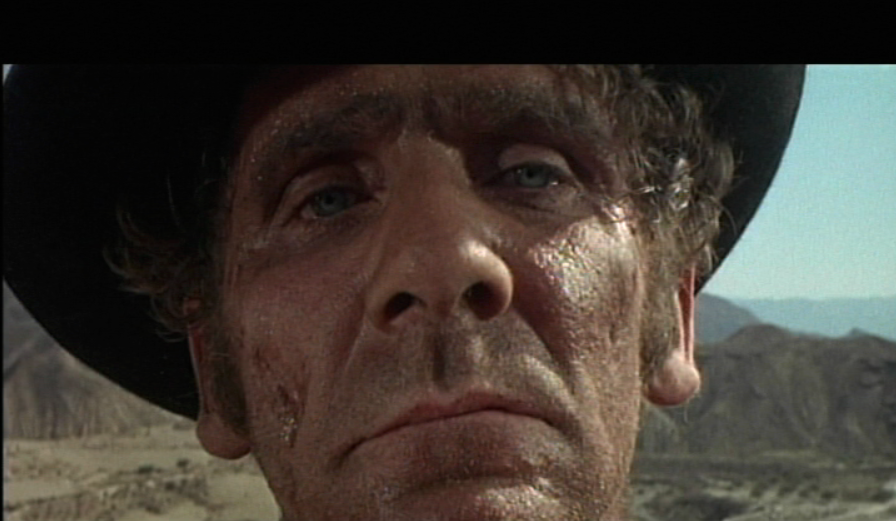
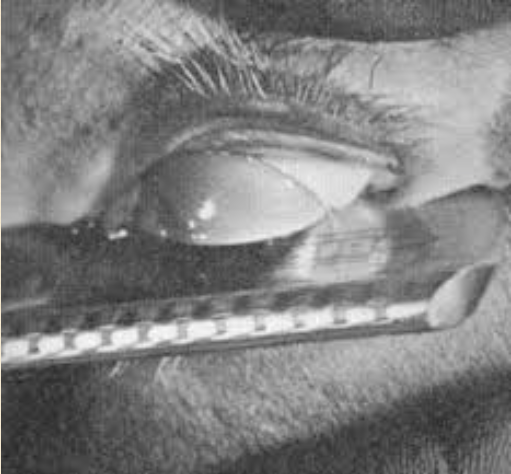
Dynamic Shots
Characteristic feature of the dynamic shot is that the camera moves. It can move to follow the characters, or the action, or just to reveal more details of the cinematic space.
Pan Shot or Travelling Shot
The camera turns/rotates round its own axis.
Tracking Shot
For horizontal movements. The camera normally follows the characters.
Crane Shot
For vertical movements. Cranes are frequently used to show the space from above. They can have a very dramatic effect, since the higher it goes the more insignificant the character appears.
For vertical movements. Cranes are frequently used to show the space from above. They can have a very dramatic effect, since the higher it goes the more insignificant the character appears.
Camera Height
The third criterion to define the shop is the camera height.
The place we situate the camera in relationship with the character can contribute to increase – or decrease – the dramatism of the scene.
It is the most common way to play with the audience’s involvement. Filmmakers use this technique to let the audience know how the character may feel.
Level Angle
A level camera angle films from the eye-level of an imaginary observer of average heigh, or from the subject’s eye-level.
Level shots are usually less dramatic, but useful if the director tries to show any scene with neutrality and objectivity.
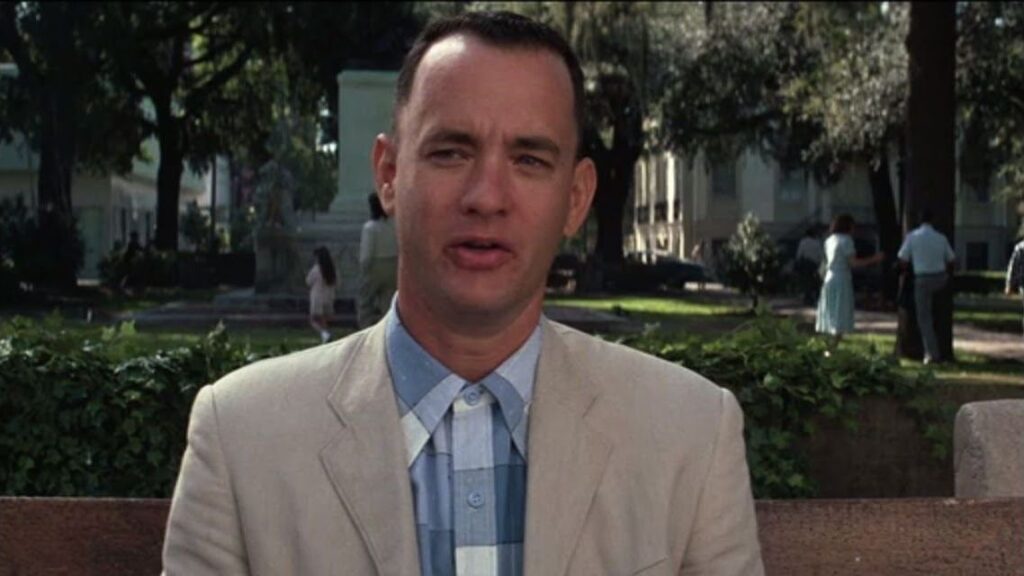
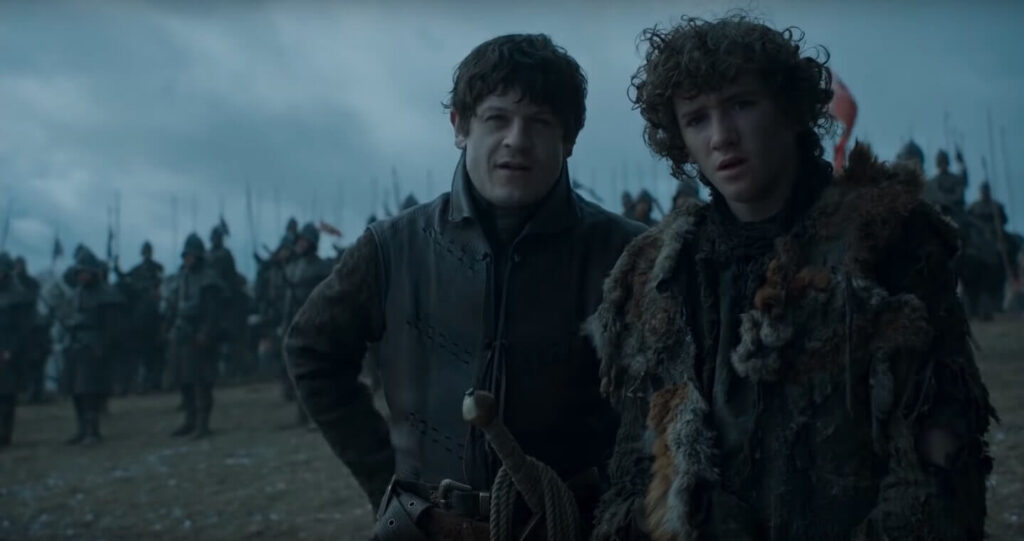
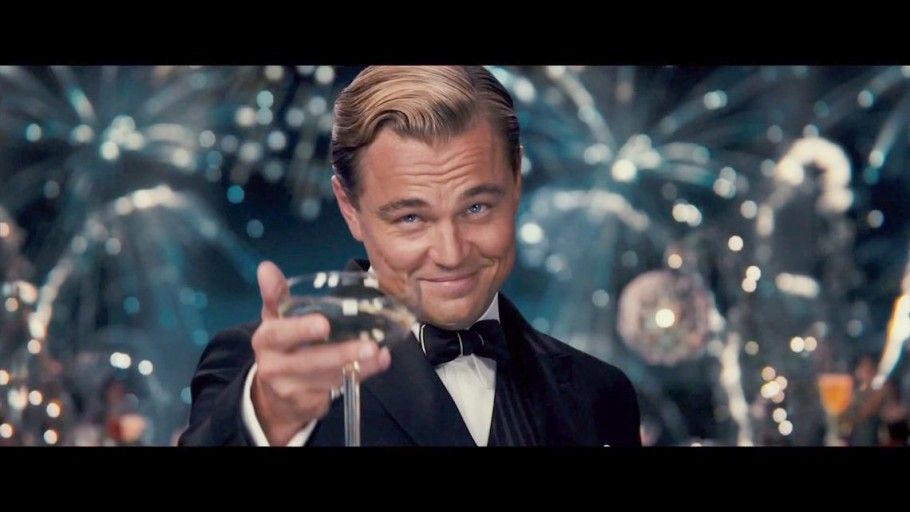
High Angle
A high angle shot shows the character from above.
Almost invariably, high angles reduce the height of the players or objects they make them look smaller than they are, and thus, they appear to reduce power of the subject, to make him/her more vulnerable.
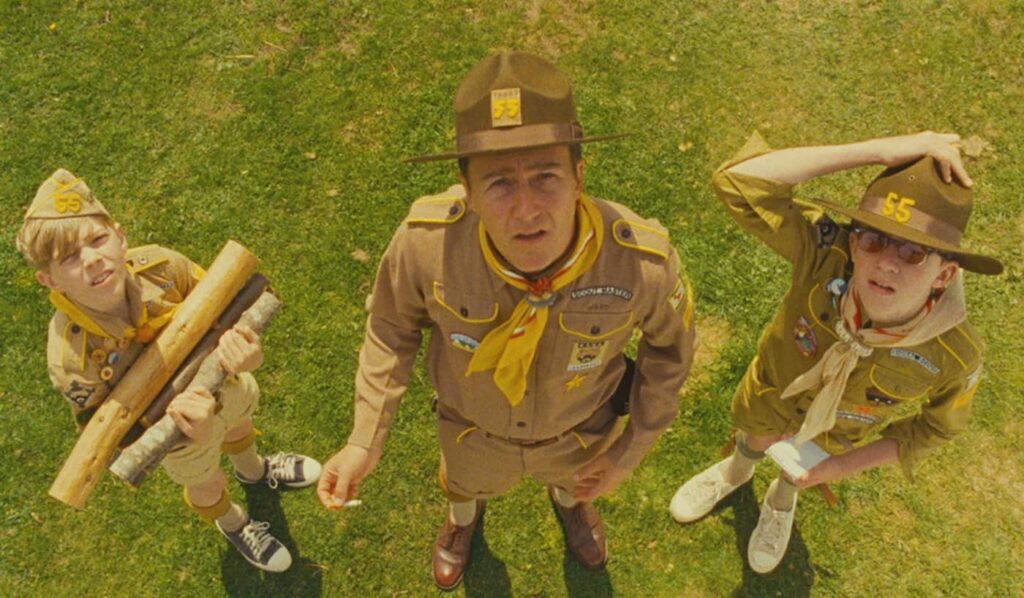
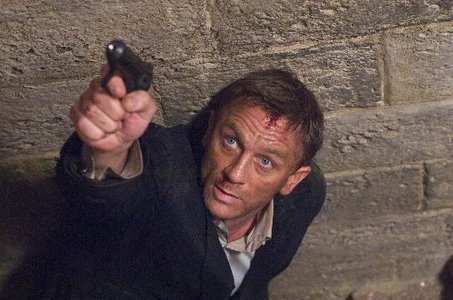
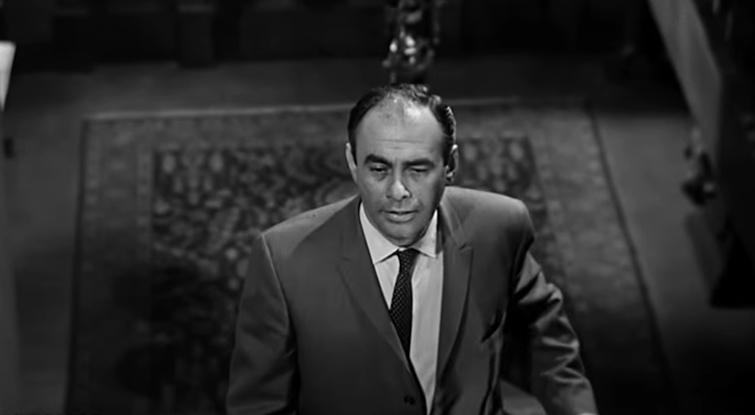
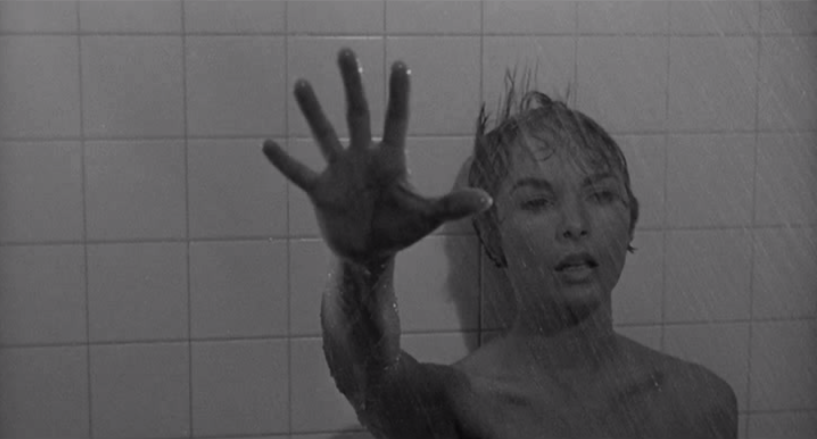
Low Angle
A low angle shows the character from a lower point of view than the regular eye height.
Its effect is the opposite of the high angle shot. It helps make the character more powerful, since the appear to be bigger.
Threatening, intimidating characters are frequently shown from low angles. George Lucas, for instance, systematically presents Darth Vader from a low angle perspective.
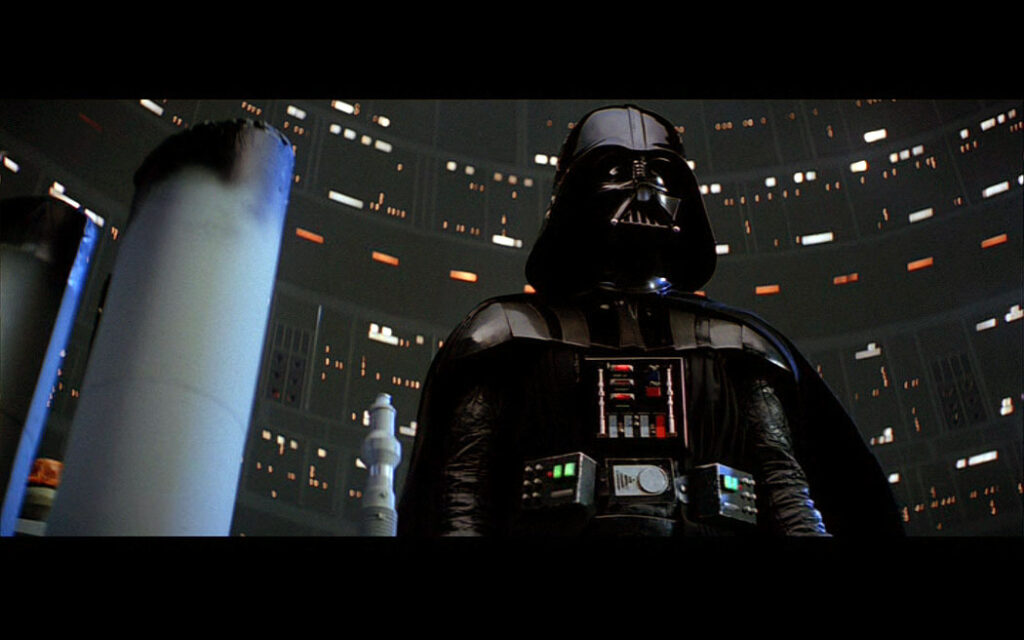
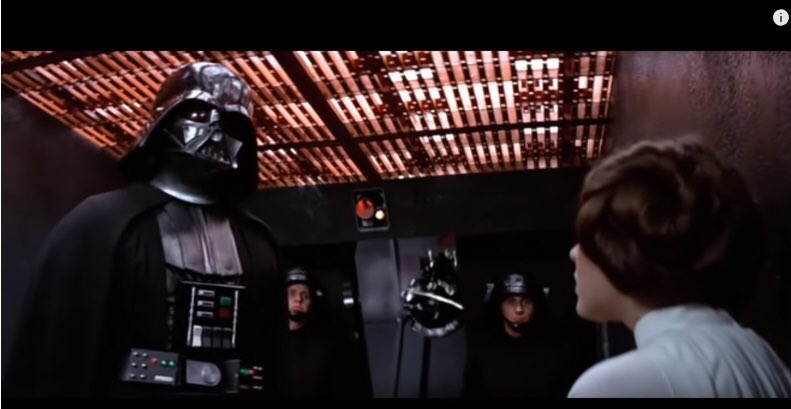
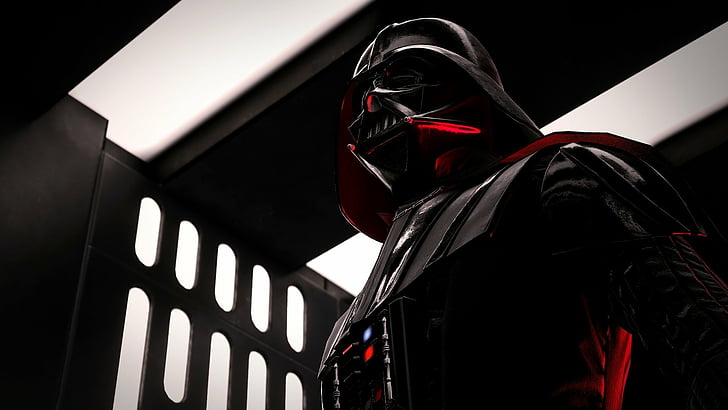
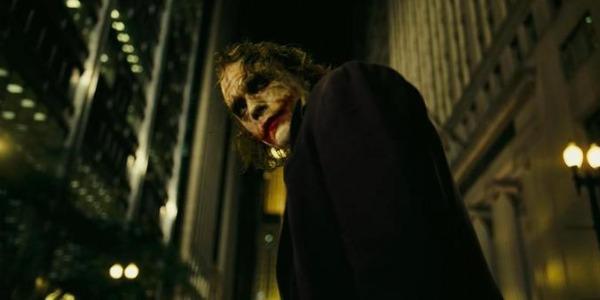
There are, of course, exceptions. Orson Welles uses an extreme low camera angle to film one of the most impressive scenes of Citizen Kane. Welles employs precisely the low angle to show the main character in his most painful defeat. In spite of adopting the low angle, the character appears to be helpless. The extremely low angle allows us to see the ceiling practically on top of the character’s head. This effect creates an oppressive atmosphere that captures the moral debacle of Charles Forster Kane.
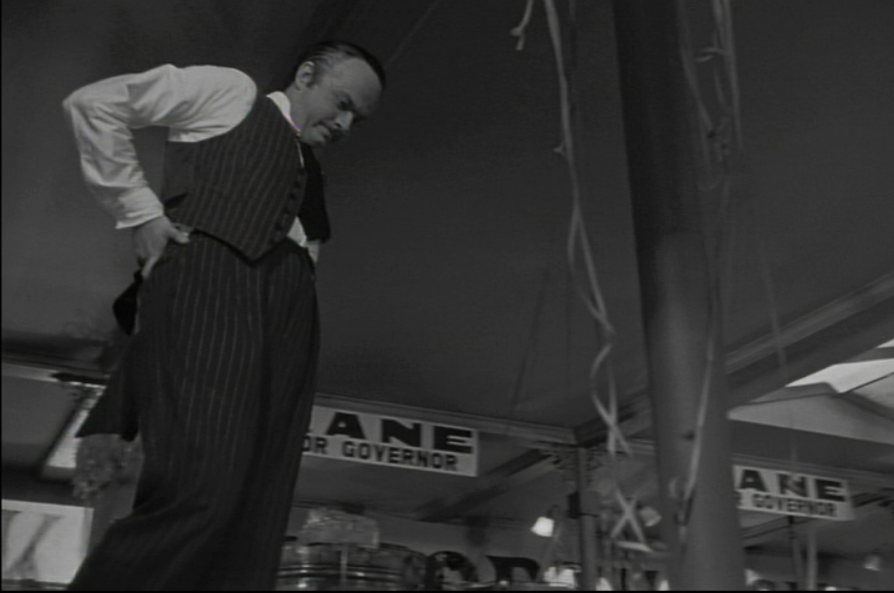
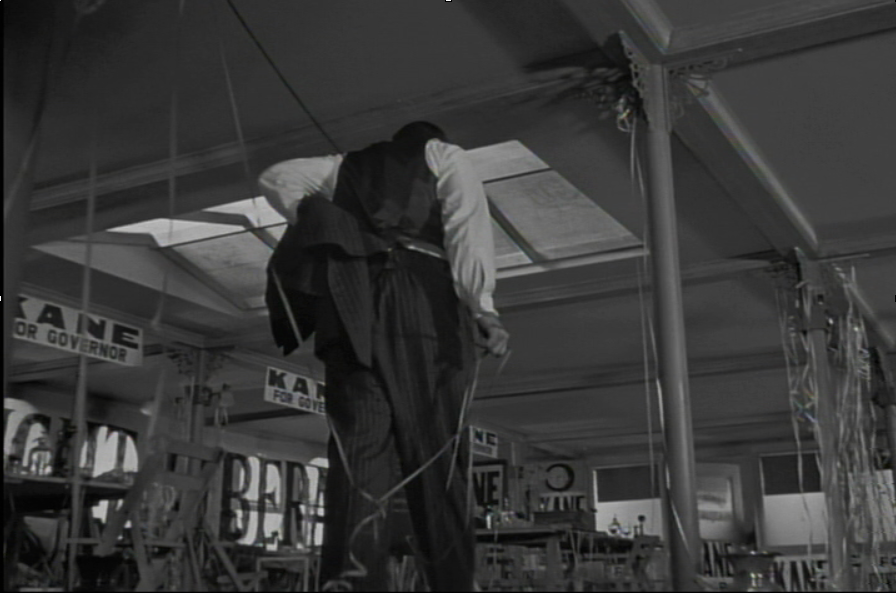
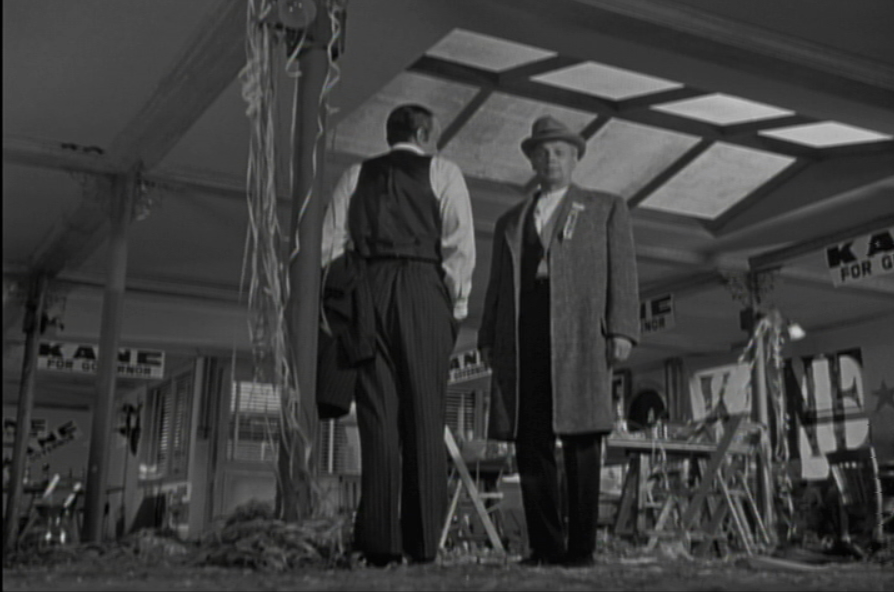
Tilt “Dutch” Angle
In the Cinema Jargon, a “Dutch” shot is a heavily skewed camera angle. The result is an unbalanced composition, which can yield images of great power and dynamism. Still, this technique should be used in moderation. The abuse of such unbalance composition can irritate the audience and break the spellbound of narration.
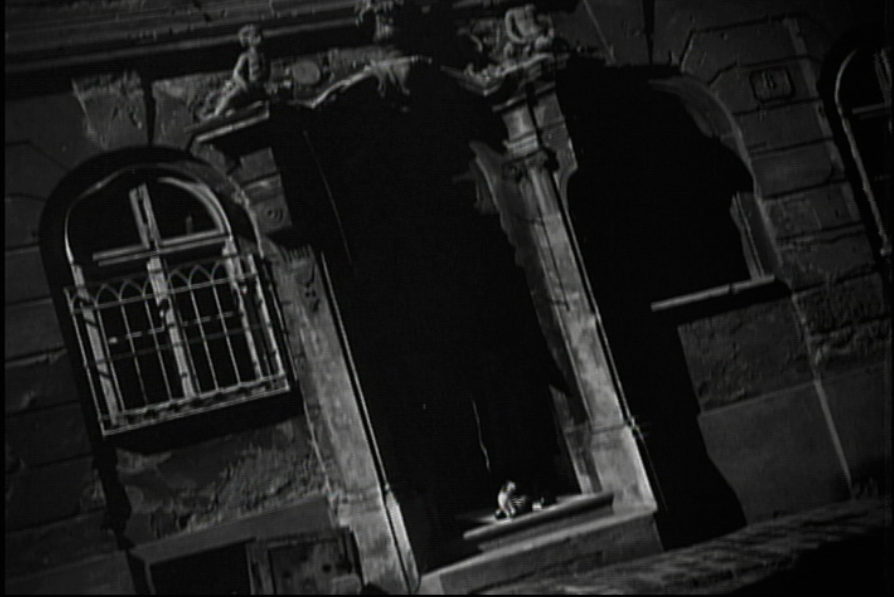
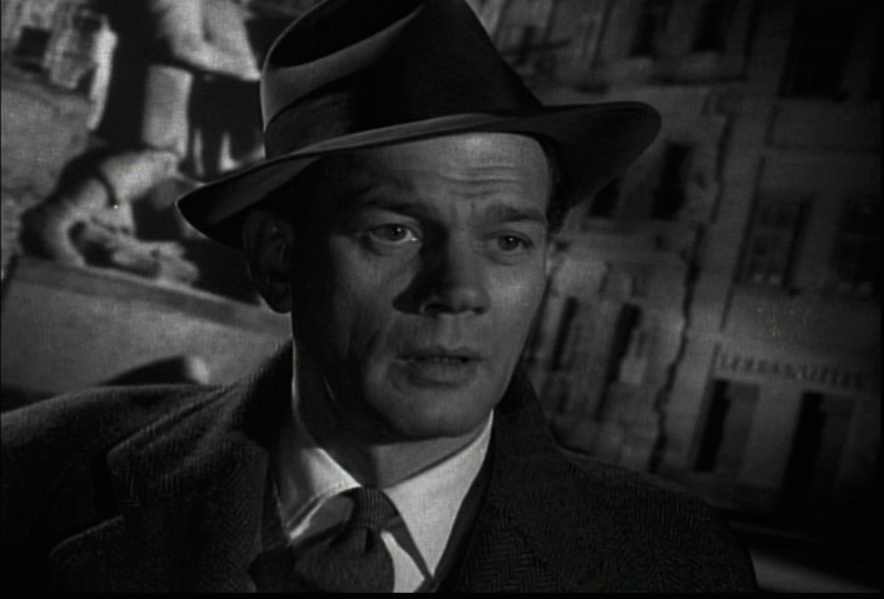
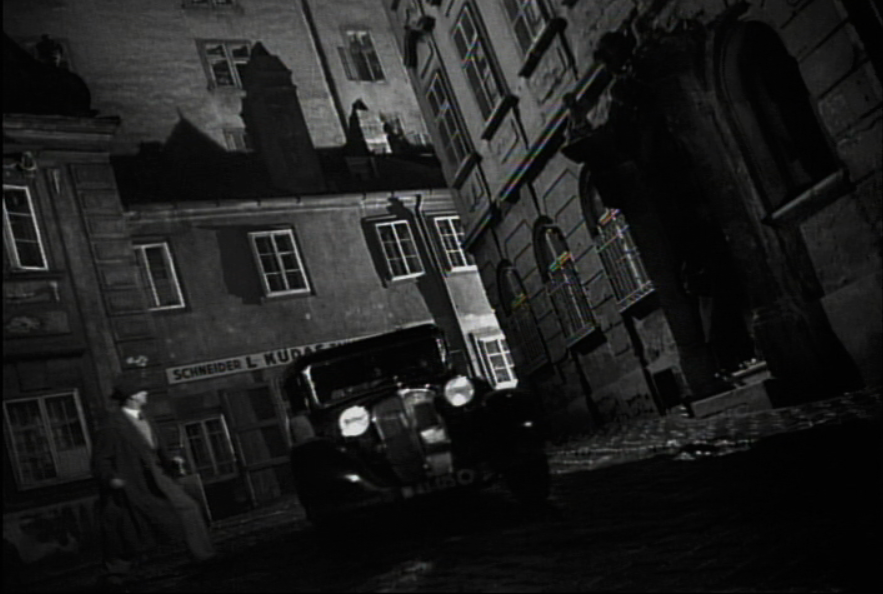
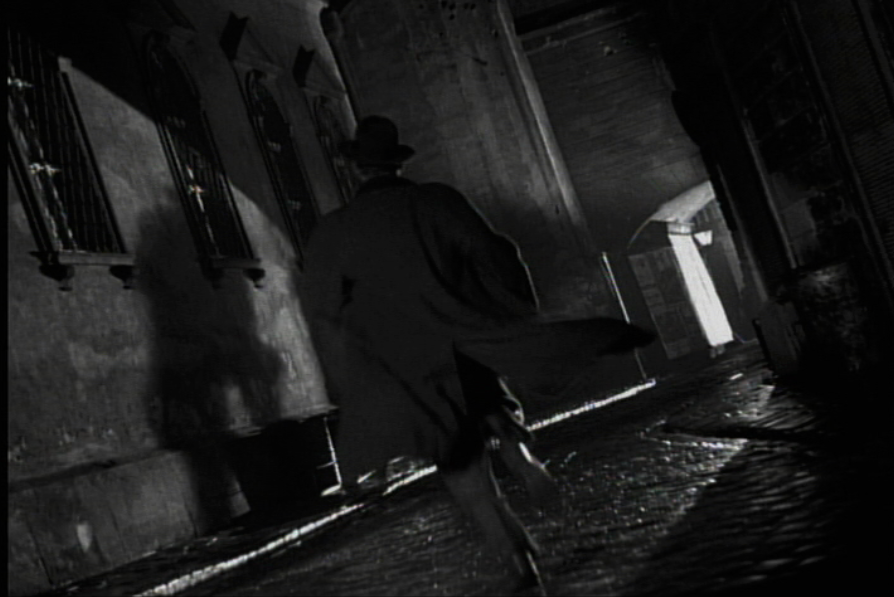
Sequence Shot
The sequence-shot (or long take) is a technique to film a whole scene in one single take. In its origins, cinematographers only used long takes to film the different scenes and sequences of the story. Still, the long takes were completely static and theatrical. They just film a with a static long shot what happened in front of the camera.
In contemporary films, sequence shots are much more complex and sophisticated. They include sophisticated camera movements that increase the dramatic effect of the action.
With regard to this contemporary type o sequence shots, when need to mention the name of Orson Welles, the great pioneer. Welles started to explore this technique and achieved a mastery that became a mastery for younger filmmakers.
Here you can see the famous opening sequence of Touch of Evil (1958).
Contemporary filmmakers try to emulate Orson Welles and show off their cinematic skills.
One of most brilliant epigones of Orson Welles is the Mexican director Alfonso Cuarón. The following clip of his film Children of Men (2006) is an excellent example of the sequence shot film technique.
Another Mexican filmmaker, Alejandro González Iñárritu, designed his blockbuster Birdman (2014), a two hours feature film, as a single shot.
